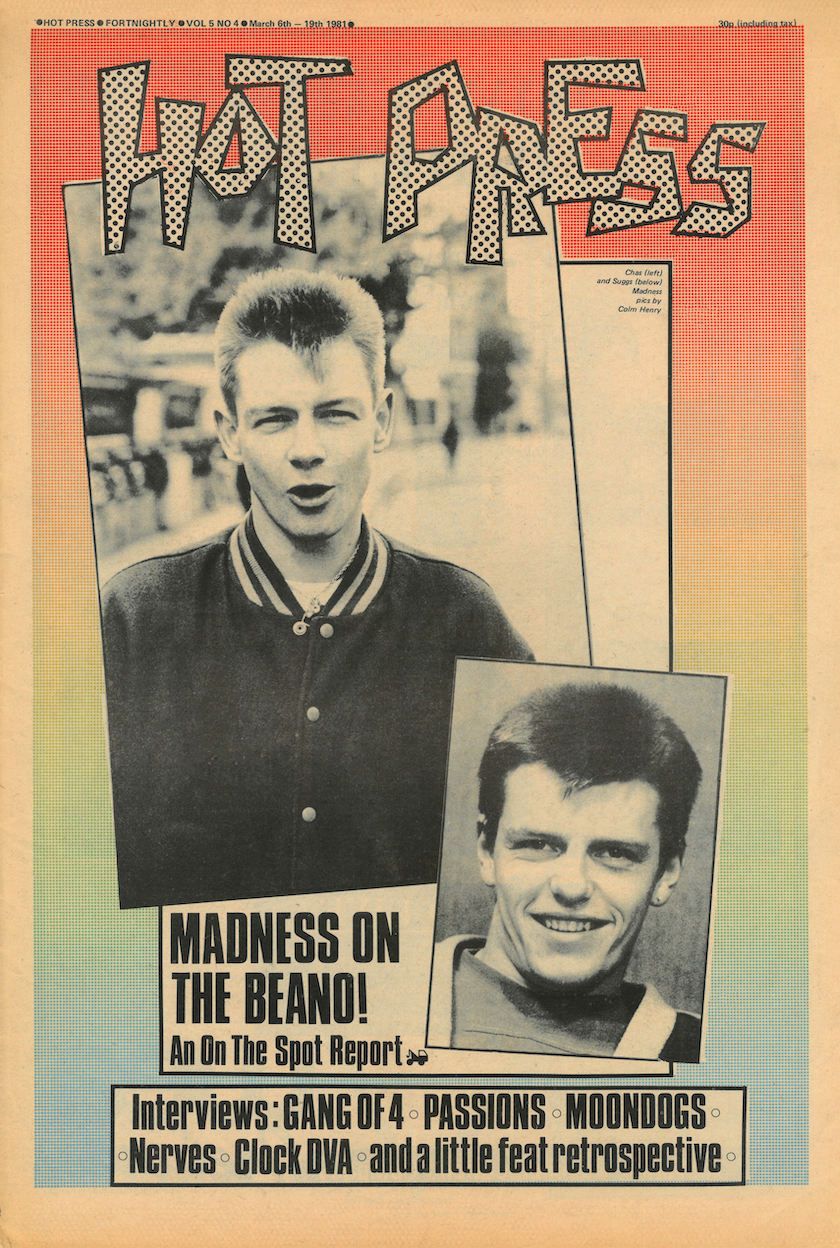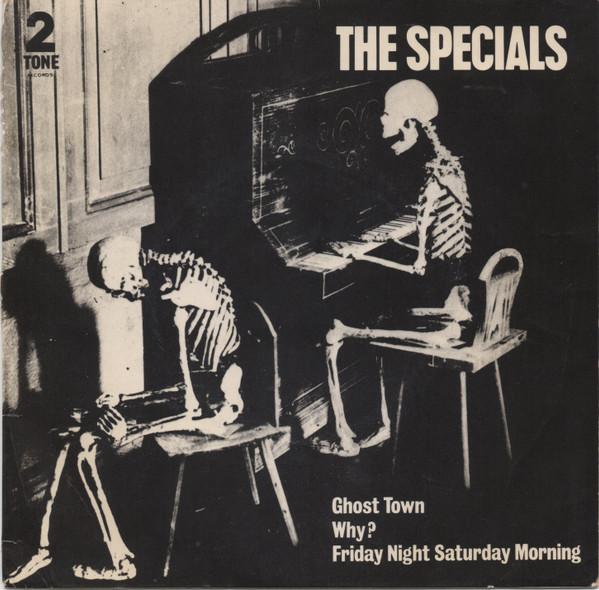- Opinion
- 20 Jul 22
Every Breaking Wave: Ska – "The genre that became known as Two-tone brought together the rhythms of those great ska records with elements of punk"

You know how it goes – you’re in the pub sounding off about your favourite new act, when a mate asks if you’ve yet become acquainted with the era-defining grindcore scene. It’s fair to say musical genres have come and gone at a furious pace since Hot Press first arrived, but some have had a lot more staying power than others. We look at a selection of the most essential movements from the past 45 years, and hear from a few of the key participants along the way...
Originally, ska developed out of the Jamaican sound systems run by heroes like Coxone Dodd, Prince Buster and Duke Reid who, while playing the latest American Rhythm and Blues records, wanted to create sounds of their own and combined what they heard with local mento and calypso to create upbeat music that emphasised the off-beat and paved the way for reggae. This music was naturally popular with Caribbean immigrants in ‘70s Britain. The genre that became known as Two-tone – the name came from the record label founded by Specials mover and shaker Jerry Dammers – brought together the rhythms of those great ska records with elements of punk, especially the harder guitar. Dammers put his band together in Coventry in 1977, and they got an early bofost from Joe Strummer who, having seen them play, invited them to open for The Clash during their On Parole tour. Sharing The Clash’s political outlook and arriving at the time of the Rock Against Racism movement, The Specials were multi-racial in membership as well as outlook.
Nailing their colours to the mast, The Specials’ debut single was a cover of Prince Buster’s ‘Al Capone’, renamed ‘Gangsters’, and it made the top ten in 1979, inspiring many to take up the pork pie hat and sharp suited look exemplified by that famous 2 Tone Records logo. Elvis Costello produced their awe-inspiring debut album, and you should hang your head in shame if don't already own a copy. As well as Dandy Livingstone’s ‘A Message To You, Rudy’ and Toots Hibbert’s ‘Monkey Man’, it broadcast dispatches from Thatcher’s Britain such as ‘Concrete Jungle’ – not the Marley one – and ‘Too Much Too Young’, which acknowledged its debt to Lloyd Charmers’ ‘Birth Control’. The band reached a peak with 1981's savage, state-of-the-nation-addressing No.1 hit, ‘Ghost Town’, a polemic you could dance to.
Other major players in the ska revival included The Selecter and the Beat, and even the cartoonish Bad Manners, but it was Stiff Records outfit, Madness, who managed to spin the raw material into chart gold. Having formed a year earlier than The Specials, in Camden Town, they began building up a live following in ’79, the year they released debut single ‘The Prince’, which, like The Specials doffed its cap to the mighty Prince Buster.

Helped in no small part by some hilariously brilliant videos, Madness had fifteen UK top 10 hits and even cracked the American charts with ‘Our House’. Both they and The Specials are still touring and the influence of the movement they spearheaded was written all over ska’s third wave which emerged from America’s punk scene, with acts like Fishbone, The Mighty Mighty Bosstones and the platinum disc generating success of Gwen Stefani and No Doubt. Mind you, precisely none of those third-generation acts could hold a candle to that first Specials album. “Stop your messing around/ time you straightened right out/ or you cy’ant come in.”
The Specials’ Horace Panter:
“The band were falling apart when we recorded ‘Ghost Town’. Just the fact it was recorded was actually a miracle: it was a triumph of the will. It was not a good time, but it was a fantastic piece of music.”

Read the full Every Breaking Wave feature in the 45th Birthday issue of Hot Press, out now:
RELATED

- Opinion
- 24 Dec 25
Migration: It's Time To Stop Blaming The Victims

- Opinion
- 17 Dec 25
The Year in Culture: That's Entertainment (And Politics)
RELATED

- Opinion
- 16 Dec 25
The Irish language's rising profile: More than the cúpla focal?

- Opinion
- 13 Dec 25
Trump’s assault on Europe: "Happy new year? Somehow I don’t think so..."

- Sex & Drugs
- 11 Dec 25





